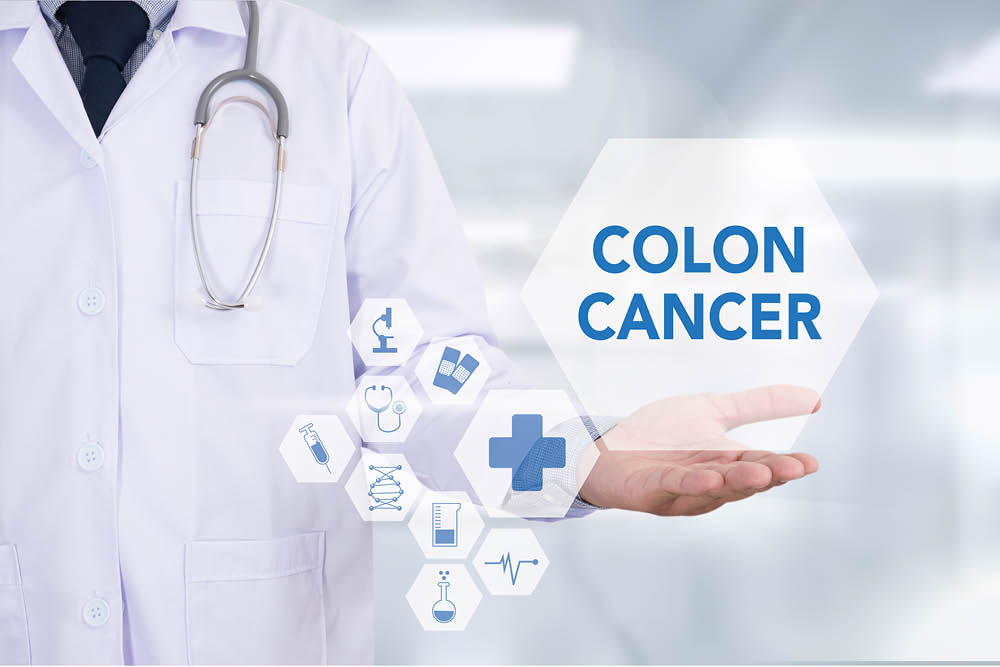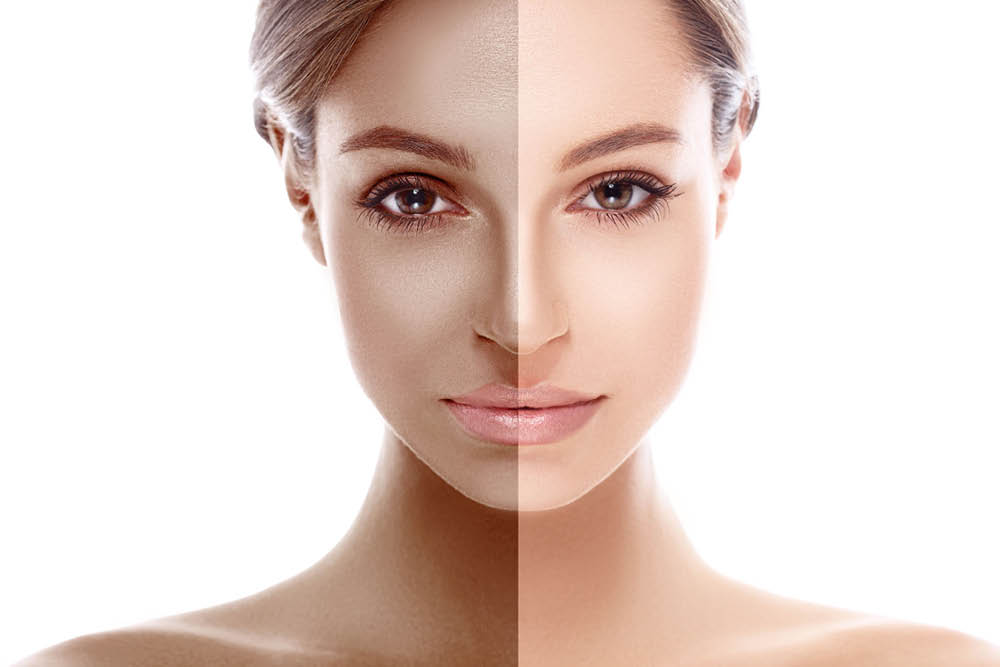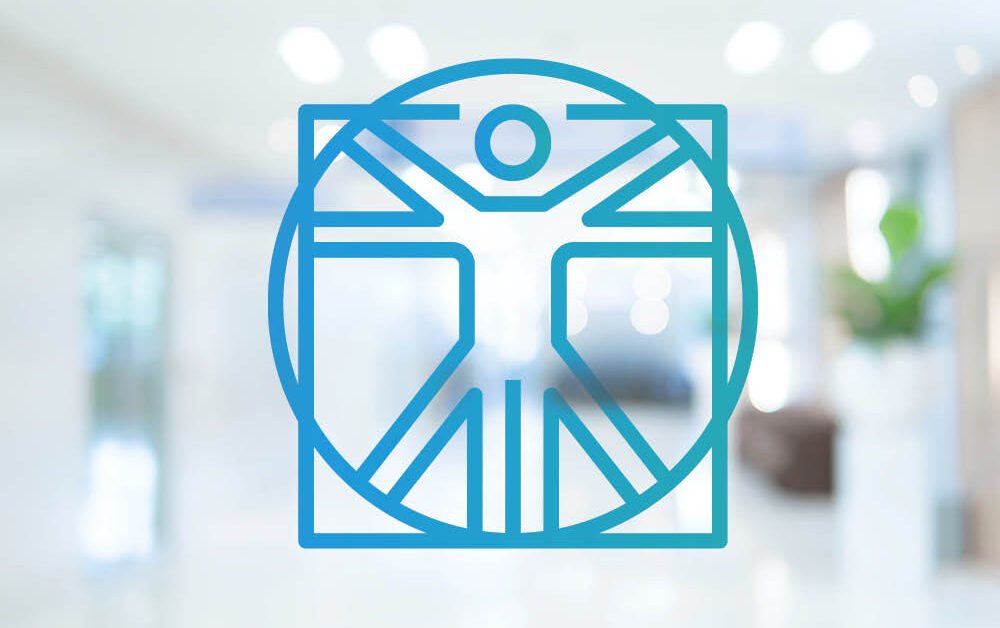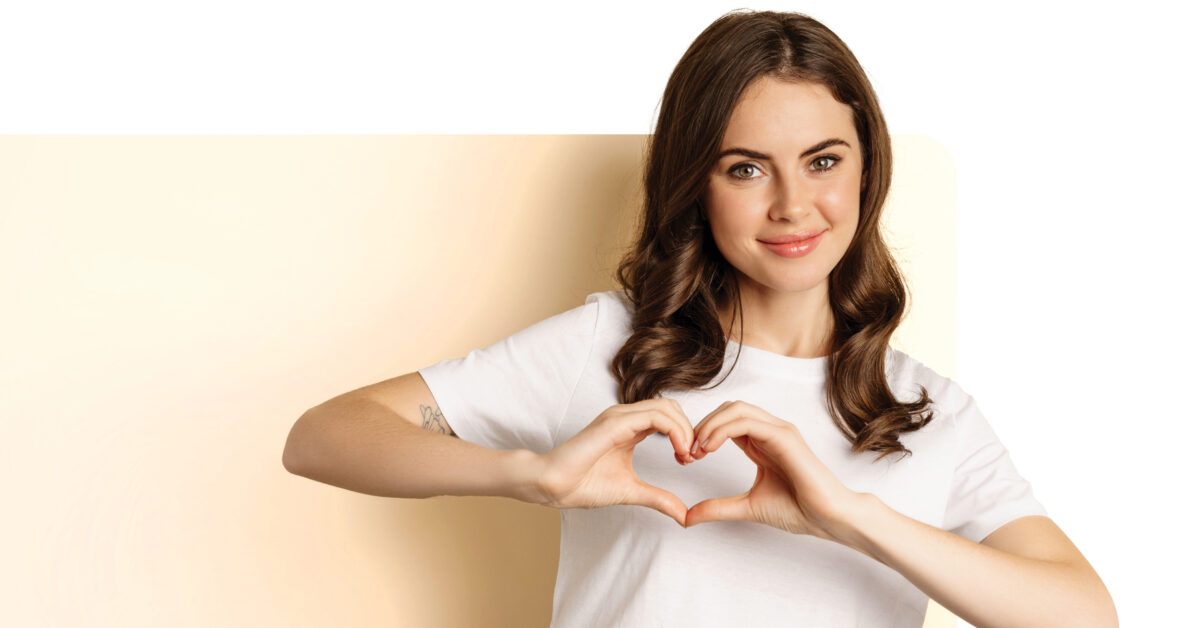
Screening Can Largely Prevent Colon Cancer
March 2022
First Time Spray Tan?
March 2022Medical Advances Make Wellness Simpler
Science and medicine are exciting, evolving industries, consistently striving to learn, improve, and create new and better technology, techniques, medications, treatments and therapies to better serve healthcare consumers. In this special section on Medical Advances, we spotlight cutting edge healthcare modalities found right here in Southwest Louisiana. You’ll find information on the latest in cardiology, plastic surgery, pelvic floor reconstruction, and laser skin therapy.
You Shouldn’t Have to Cross Your Legs When You Sneeze
Pelvic Floor Reconstruction Options at
Lake Charles Memorial Hospital for Women
For some women, urinary incontinence rules their lives, from making it difficult to play with kids to attending a workout class. Having to worry about crossing your legs when you sneeze or cough can be frustrating and living with vaginal pressure and discomfort can become exhausting.
If this describes the embarrassing experience you have with physical activity or simple daily tasks, know that you are not alone. Living with urinary incontinence is common in women, but it doesn’t have to be tolerated or derail your life. In fact, more than half of women over 20 years of age in the U.S. reported urinary leakage, yet less than 50% of those suffering seek care for urinary incontinence, according to the Agency for Healthcare Research and Quality.
In some cases, the root of the problem may be caused by pelvic prolapse, or pelvic floor dysfunction, meaning the muscles and connective tissue in the pelvic area loosen and slip down from the usual position, causing uncomfortable pressure, urinary incontinence, pelvic organ prolapse, or even fecal incontinence. This issue can also be corrected with a simple gynecological procedure by a local OB/GYN.
Although surgery is not the first in the line of treatment, should it be needed, the surgery can be done as a procedure to support and help reconstruct the pelvic floor and correct the incontinence issues. During the procedure, a mid-urethral sling is placed under the urethra to support it. This is the gold standard for this procedure, according to Dr. Joseph Semien, Jr., a board-certified obstetrician and gynecologist with the Memorial Medical Group.
This weakness of the pelvic floor muscles, which usually tends to happen as women age, with pregnancy and with certain pelvic floor conditions can be painful and uncomfortable. Additionally, as the muscles become weak, it becomes easier for there to be unwanted leakage or other issues to arise.
“We have treatment options here in our community. You don’t have to suffer alone and you don’t have to leave SWLA to get help,” says Dr. Semien.
Dr. Semien has built a strong reputation in the Lake Charles community by providing high quality OB/GYN services to women. His training, research, and experience of doing this procedure over the last 13 years has allowed him to help many women regain a sense of normalcy and experience life without fear of urinary incontinence.
Although you can’t always prevent developing urinary incontinence, you may be able to lower your risk by strengthening your pelvic floor muscles and staying at a healthy weight throughout your adult life. If you begin to experience unwanted symptoms or discomfort, an appropriate evaluation is necessary to determine the type and cause of the problem. Urinary incontinence may be common, but it shouldn’t be normal.
To contact Dr. Semien’s office for an appointment, call 337-480-5510. Located at 1890 West Gauther Rd, Suite 135, Lake Charles, LA 70605.
CHRISTUS Ochsner Health Southwestern Louisiana
Announces Plans for Hybrid Operating Room
by Stefanie Powers
On February 3, CHRISTUS Ochsner Health Southwestern Louisiana revealed some exciting news: a $5 million Hybrid Operating Room is in the works at CHRISTUS Ochsner St. Patrick Hospital in Lake Charles.
In a nutshell, the Hybrid OR will combine a conventional operating room with an image-guided interventional suite. Merging the latest in surgical and cardiovascular advancements into one room will allow teams of interventional cardiologists and cardiovascular surgeons to work together on both intricate and emergency procedures.
The Hybrid OR is funded in part by the CHRISTUS Ochsner Health Southwestern Louisiana Foundation and its donors, who gifted nearly $2 million to bring the project to fruition.
“This has been a long time coming,” said Thomas Mulhearn, M.D., Interventional Cardiologist, CHRISTUS Ochsner St. Patrick Hospital. “It was about three to four years of fundraising, along with lots of planning.”
Dr. Mulhearn said that in the past, if a problem presented itself, or a procedure needed to be done in a hybrid manner, another room would be necessary. “If a complication arose, the patient would either have to be transferred to another operating room—or could even be sent back to their room while arrangements were made for the next surgery.”
The Hybrid OR changes all that. “This allows us to have the best of both worlds,” Dr. Mulhearn continues. “We have an operating room and a cardiac catheterization lab where complex vascular surgeries can all be done in one room. The care teams have all the equipment and technology needed to handle an advanced surgical procedure without any transition.”
Patient benefits include faster recovery times and shorter hospital stays because medical issues that once required multiple procedures can now be handled with one, minimizing risks.
“As a leader in innovative health care, the Hybrid Operating Room brings a new level of comprehensive care to our region,” said Jim Davidson, President and Chief Operating Officer, CHRISTUS Ochsner Health Southwestern Louisiana.
The Hybrid Operating Room is expected to be completed later this year.
CFO Foot Specialists
Using New Technology for Personalized Wound Healing
by Kristy Como Armand
Minor wounds, cuts, and burns are an unavoidable part of life. The body is designed to heal itself, unless a medical condition, like diabetes, interferes with that process.
Foot problems are a well-known risk associated with diabetes. The disease can cause reduced blood flow to the feet, depriving them of oxygen and nutrients. This makes it more difficult for blisters, sores, and cuts to heal. Diabetic nerve damage called peripheral neuropathy can also cause numbness in your feet. “When you can’t feel cuts and blisters, you’re more likely to get sores and infections,” explains Tyson Green, DPM, foot and ankle specialist with the Center for Orthopaedics and medical director of the CHRISTUS Ochsner Wound Center. “If you don’t notice or treat these sores, they can become deeply infected, leading to foot ulcers, sepsis and even amputation.”
Research shows that about 60% of all diabetic patients will eventually experience a wound that does not heal, putting them at risk for more serious complications. Unfortunately, having a toe, foot, or lower leg surgically removed is 10 times more likely in people with diabetes.
“Diabetic foot ulcers are one complication of the disease that has continued to frustrate doctors and significantly affect the quality of life of patients,” says Dr. Green. “We know one of the keys to successful wound treatment lies in the body’s capacity to heal, but in a diabetic patient, the body’s natural healing capabilities are blocked by the disease itself. But an innovative new treatment, the 3C Patch System, allows us to harness the healing properties within a patient’s own blood to help heal their wound.”
The 3C name reflects the 3-step process used to create the healing patch: centrifugation, coagulation and compaction. Using just a small sample of the patient’s blood – nothing else – the 3C Patch System separates, coagulates and compacts the blood components into a solid patch. The result is a healing patch comprised of a concentration of proteins, cells and growth factors.
One of few evidence-based wound treatments, the 3C Patch is clinically proven to significantly accelerate wound healing of hard-to-heal diabetic foot ulcers. The outcome is a cost-effective, personalized wound treatment that draws on each patient’s inherent capability to heal themselves.
Dr. Green says each 3C Patch takes about 20 minutes to produce and is applied directly to the wound at point-of-care. Multiple patches can be applied to larger wounds, and several weeks of 3C patch treatments are typically required.
“This process, while technologically advanced, really makes innate sense,” says Dr. Green. “It gives us a way to work around the vascular inefficiencies caused by the patient’s diabetes but still deliver their body’s healing properties where needed. This provides a treatment that is uniquely and biologically theirs, not a one-size-fits-all solution.
We’re taking a person’s own blood, with no manipulation other than spinning in a centrifuge, to create a healing patch that delivers their own highly concentrated white cells, platelets and growth factors directly to the wound,” he explains. “It’s very exciting to have something like this to offer our patients and see the successful results.”
For more information, call 337-430-3282.
Art & Science Fused: Laser Genesis
by Haley Armand Tarasiewicz
Laser Genesis is a treatment that can improve the appearance of redness, enlarged pores, uneven texture, fine lines and wrinkles. It is a near-infrared laser that is efficient for skin rejuvenation due to its ability to provide long-lasting stimulation of elastin and increase in the amount of collagen overall, resulting in clinically improved skin tone and texture. Additionally, the thermal energy of Laser Genesis targets the tiny vessels and capillaries that are the cause of persistent skin redness, such as with conditions like rosacea. By breaking down these vessels, blood that is trapped under the surface of the skin dissipates, which reduces overall redness.
“Laser Genesis is a useful tool for people of all ages and backgrounds, as it targets a multitude of cellular skincare problems and concerns,” said Dr. Allison Clement, Medical Director and Master Injector at The Skin Studios in Lake Charles. “Surface skin problems are typically addressed with complementary procedures such as chemical peels and microdermabrasion, but Laser Genesis treatment differs in that it penetrates deeper triggering additional healing and regeneration processes bellow the skin tissue surface.”
Dr. Clement explains that there are many other benefits that patients appreciate with this treatment, such as convenience.
“Laser Genesis is a non-invasive treatment that typically takes 20 to 30 minutes” said Dr. Clement. “There is no need for anesthesia because it is a painless procedure that only causes a gentle warming sensation. There is no downtime required, making it the ideal treatment for busy patients who want to see results but do not have the time to take off for recovery. Makeup can be applied immediately after your treatment.”
It is typically recommended to receive between 5 to 10 Laser Genesis treatments, spaced about 2 -4 weeks apart. It is important to keep in mind that even though the course of the treatment can be several months, you don’t have to deal with disadvantages of downtime.
“In contrast to other lasers that come with the risk of discoloration if used on the wrong skin type, Laser Genesis is designed for safe and effective treatment on all skin types and ethnicities and can be safely used on all body parts—excluding the eye and surrounding area,” said Dr Clement.
What does Laser Genesis treat?
- Acne
- Redness & Rosacea
- Large pores
- Scars from acne, surgery, injuries, burns, etc.
- Port Wine Stains
- Skin tags
- Wrinkles
- Facial veins
- Freckles
- Angiomas
- Lentigines
- And more…
“However, there are some actions to avoid prior to treatment, such as tanning, exfoliating the treatment site and pausing retinol use. Additionally, if you are pregnant or breastfeeding you should wait to undergo treatment.”
To design a custom treatment plan for you based on your unique needs, visit The Skin Studios at www.skin-studios.com or call 337-474-1220.
Louisiana Surgeon Masters: The Craft of Rhinoplasty
by Kerry Andersen
Dr. Jon Perenack, MD, DDS has perfected the art of the ‘before and after.’ His social media pages (Instagram @drjonperenack) and websites for his practices in Lake Charles and across Louisiana are filled with photos and videos of patients peeling back their bandages to reveal the happy results of various cosmetic procedures and often accompanied by tears of joy. It’s no surprise that he views the human face with the eye of an artist considering a blank canvas, because he IS an artist. Oil paintings fill the walls at his offices, and his works have been formally displayed in the U.S. and Canada. But it’s the surgical suite where he focuses his artists eye most often these days, and usually while performing his signature operation – the rhinoplasty; otherwise known as a nose job in lay terms.
Dr. Perenack has performed more than 1,700 of the procedures in his career and talks with enthusiasm and joy about the surgical advances that bring smiles to his patients. The face shaping procedure that moves bones and sculpts tissue once relied on rudimentary mallets and chisels very much like the tools he uses to create a sculpture out of a block of marble. The process has now advanced to more refined ultrasonic technology that allows him to combine art and science with absolute accuracy.
“Rhinoplasty is the most difficult operation to get predictable results,” says Dr. Perenack. “We are always looking for more predictability, less down time and a better experience for our patients and we found it with ultrasonic technology.”
That’s because ultrasonic vibrations allow surgeons to cut bones with greater precision without damaging blood vessels and nerves in previously hard to reach places. “Using ultrasonic technology takes a bit longer but is far superior to traditional methods,” Dr. Perenack says. “It allows us to make a very precise cut and set the bones exactly where we want them.”
The benefits of ultrasonic rhinoplasty are many, but these are the top reasons that make it the new and superior standard for reconstructing noses:
Greater precision
Less bleeding, swelling and black eyes
Fewer unwanted fractures
Faster recovery
More accurate cosmetic outcome
Most patients who come to Renaître (which means rebirth in French) for a surgical consult are looking to balance their facial features and boost self-esteem, most commonly by changing the size of their nose, altering the tip or the bridge or changing the shape of their nostrils. He says an ideal outcome is not dramatic but delivers more natural results for an overall rejuvenated look that reflects a patient’s personality. Reshaping the nose also corrects breathing problems and some sinus disorders.
The detailed outpatient procedure takes approximately 2.5 hours to perform. Patients wear a splint for a week and often don’t even require pain medication. Results settle in at about six months. While each case is different, expect to budget $9,000 – $10,000 (including anesthesia) for ultrasonic rhinoplasty. Dr. Perenack says there’s no such thing as the perfect rhinoplasty, but ultrasonic technology allows him to get as close to perfect as possible, restoring noses and confidence for his grateful patients.
Renaître (5656 Nelson Road, Suite C-1) has joined Williamson Cosmetic Center and now offers surgical and cosmetic services in Baton Rouge, Lake Charles, and Gonzales. It is the top practice for Botox and Juvéderm in Louisiana and #36 in the United States. To schedule a consultation with digital imaging, call (337) 508-2559 or visit renaitrelakecharles.com






